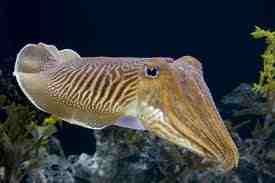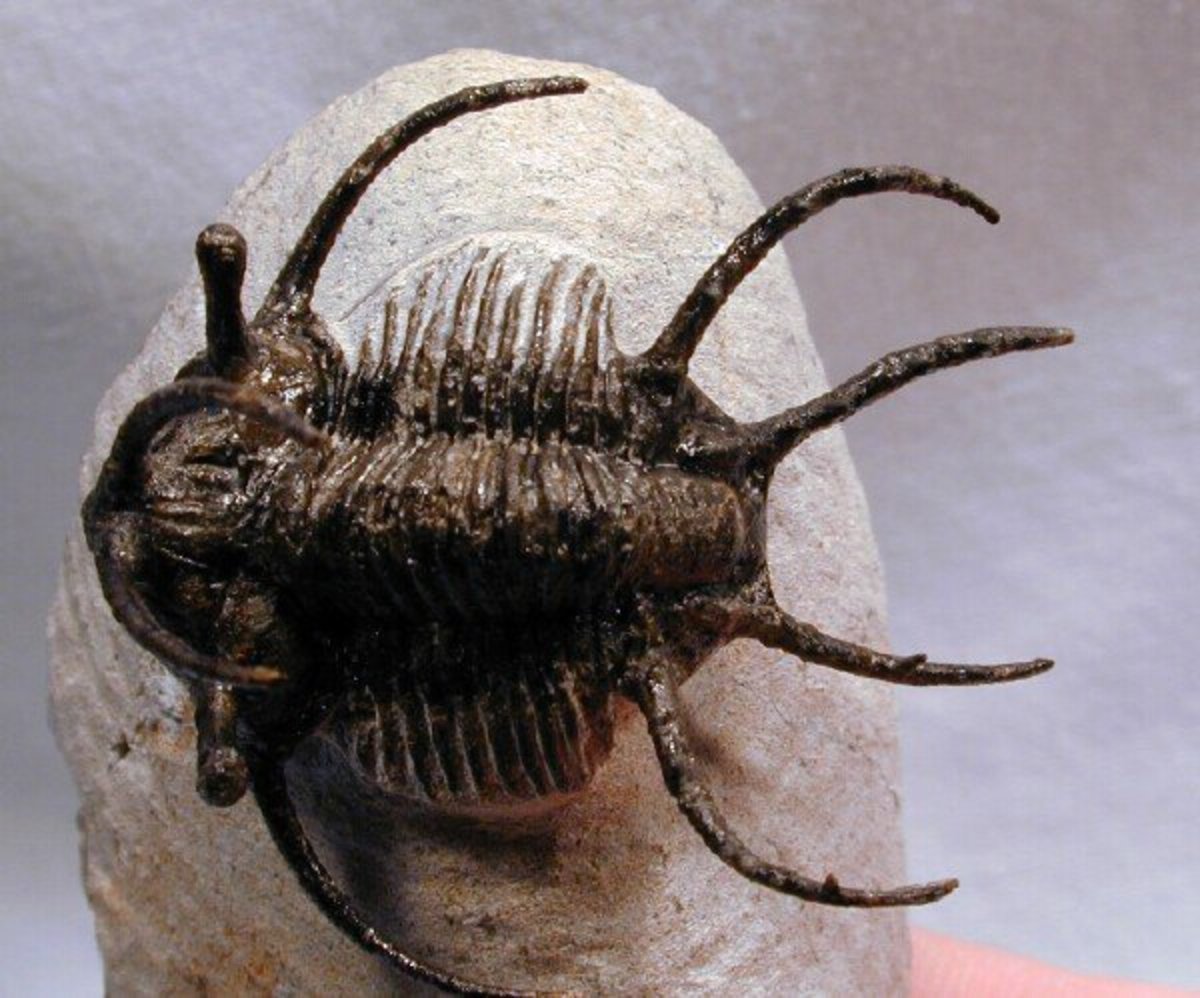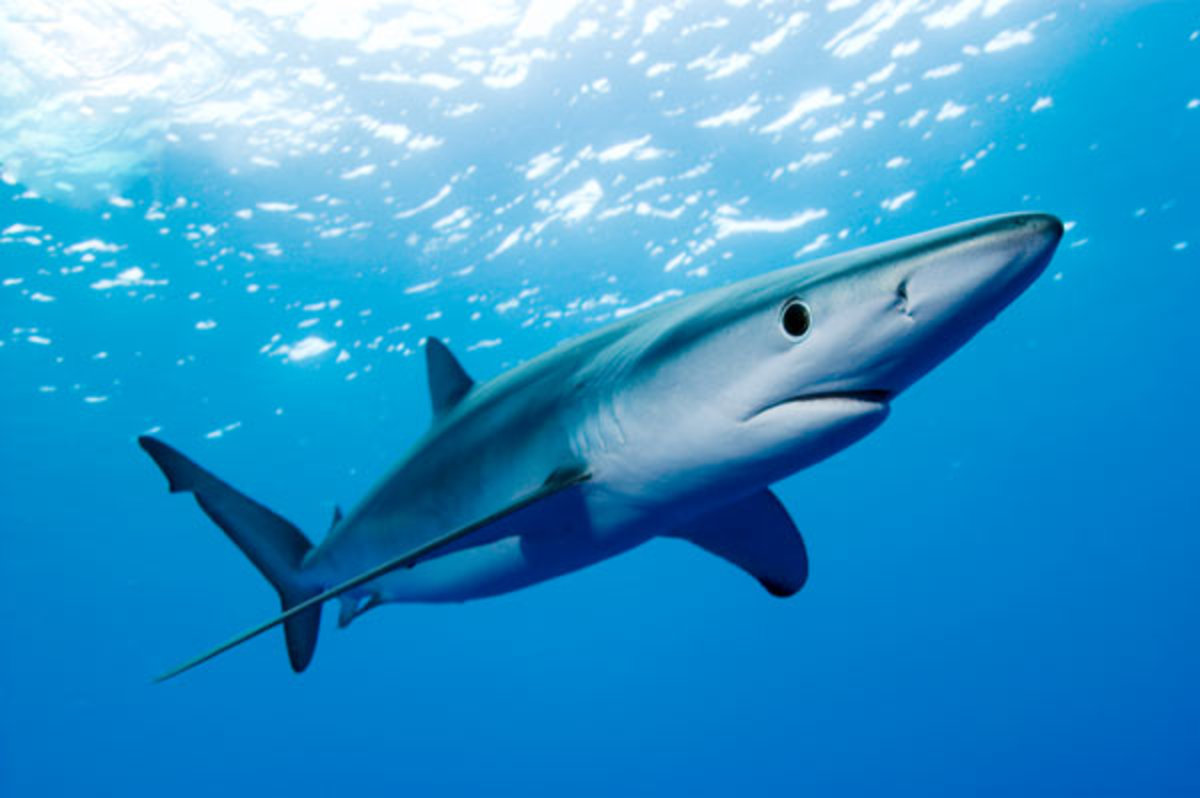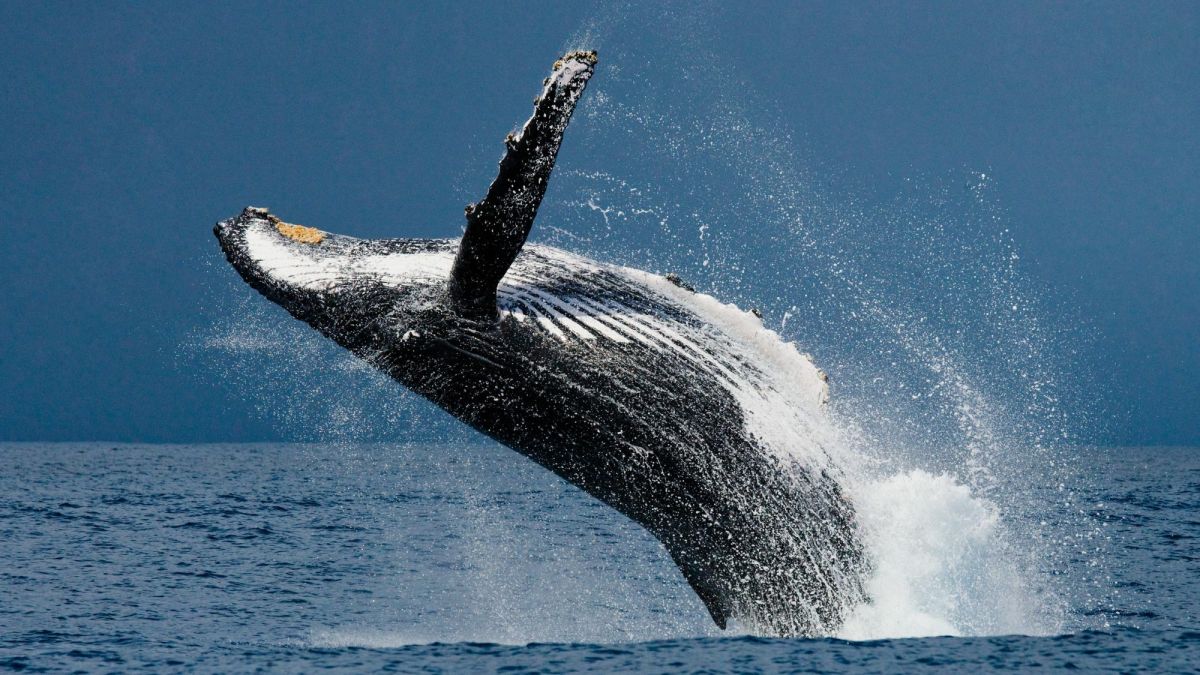- HubPages»
- Education and Science»
- Life Sciences»
- Marine Biology»
- Marine Life
The Fascinating Cuttlefish
Cuttlefish are very intelligent.

Cuttlefish
Of the order, Sepiida; class, Cephalopoda: brother of octopi and squid.
In some pictures, possessing the benign expression of a small pet bow-wow, the cuttlefish is one of the least know/best known creatures in the oceans of the world. The reason this author can employ that argumentative, “Tale of Two Cities” type of description is that the animal in its habitat, and what it does to get by, remains a mystery to most of us, yet its cast-off cuttlebone is standard fare in every cage bird’s living quarters, especially budgies, where it provides the essential calcium and minerals for the bird’s good heath.
What a useful creature to man is the cuttlefish in many ways, (the author types glumly). We tend to eliminate that which we find useful in the natural world (witness the bison and many table fish). It is eaten in many countries, along with its “ink,” which colours and adds flavour to rice dishes. Most will know of Italian risotto which often includes “el nero de seppia,” or black ink. Indeed, this ink was used as dye for hundreds of years until replaced by artificial products, allowing the harried creature some surcease.
And, if it is true that higher intelligence also means more sensitivity to suffering, as some scientists have proposed, the cuttlefish does suffer from this predation by man, as it is considered the most intelligent of the invertebrates (creatures without backbones, like some teens!). Just hope it’s not planning some revenge a-la-Moby Dick, or “Jaws.” Not to depart on a huge flight of fancy, but we do see their brothers, the Humboldt Squid, invading Japan and the United States…organized by cuttlefish generals perhaps?
Cuttlefish themselves are more or less harmless to man, except their saliva does contain a neurotoxin which could cause a small local problem if one bit you with its strong jaws. There is one, however, the “Pfeiffer’s Flamboyant Cuttlefish,” found in Australia (of course) which has a deadly, as yet unidentified toxin said to be “at least” as lethal as that of the “Blue Ringed Octopus,” This minute creature’s toxic defensive fluids have already caused the deaths of people in the Antipodes; those who see something and just must pick it up and mess with it until, in resignation, it stings or bites them; it won‘t be long before the ‘flamboyant one gets a few notches on its cuttlebone, if it hasn’t already. I love Australia, but by gum tree, doesn’t the place have a lot of venomous creatures? Apart from its whiney politicians.
Unlike the Nautilus, which I wrote of yesterday, the cuttlefish has extraordinary and complex eyes, with weird, “W” shaped pupils, as befits its speed through the water and predatory habits. The chappie mostly feeds on worms; smaller family members (all cephalopods are cannibalistic); shrimp and crabs. In turn, it is also prey for sharks, dolphins, other large fish, seals and man. Maybe that’s part of the reason it has a short life of only a couple of years.
The creature has 8 arms and two squid-like tentacles with suckers used to grasp prey. Most of the family are on the small size - about 5 inches, but larger species are found of 20 inches or more in length. The cuttlebone of bird feeding fame is found inside the animal in a sack, and is about a third of the creature’s length. Apart from keeping Polly chirpy, this bone - made of Aragonite - has also found use in the jewellery trade where it is easily shaped into moulds for casting.
The list of oddities for this singular creature goes on: he has three hearts, two for oxygenating the blood via the gills and the other for pumping his green-blue coloured blood around his body. But perhaps his outstanding feat is what has had many dubbing him the “Chameleon of the Sea.” The cuttlefish can change colour to suit his surroundings - camouflage - and to relate to his fellows - communication. The way he does this is beyond the scope of this article and would have you snoozing in the aisles. It is a complex chemical/muscular process which the cuttlefish employs voluntarily as easily as you and I change our underwear. Wouldn’t it be a feat to be able to change your aspect to the world like that? No more spray-on tanning booths or dyeing the hair; be what ever colour you feel like at the moment. Victoria Beckham and her ilk could change from moment-to-moment. She does already!? You said that, I didn’t.
Notes on the Cuttlebone.
Isn’t Nature marvellous? Its design boffins down at Evolution constantly use Natural Selection to tweak species to adapt to changing climate and times on the planet called Earth. Maybe the company will help mankind squeak through, though I ain’t betting on it!
Just look at what a marvel is the Cuttlebone. The cuttlefish employs it as a flotation chamber, using the gas it contains for positive or negative buoyancy, whereby it limits the owner‘s descent to no more than 2,000 meters - the maximum depth of its ability to withstand being crushed.
When we get hold or a piece - made prosaic by being so common - we hardly see the marvel of its construction or meditate on its use by the creature who once owned it.
Yet man soon found a handful of uses for cuttlebone. Not only does it add calcium to the parakeet diet, as well as grinding down overgrowing beaks, it is welcomed in the chinchilla cage, as well as in the home of pet turtles, snails and…hermit crabs. Some people have rare tastes in what constitutes a pet, or is it just me?
I have read you can add powdered cuttlebone to toothpaste to make an effective antacid; and we have already described its use by the jewel-making trade.
So next time you beachcombers come across a cuttlebone amongst the wrack of a high tide, give a few moments thought to the marvel of the deep which once owned it, as he soared up and down through his limitless, azure universe.








